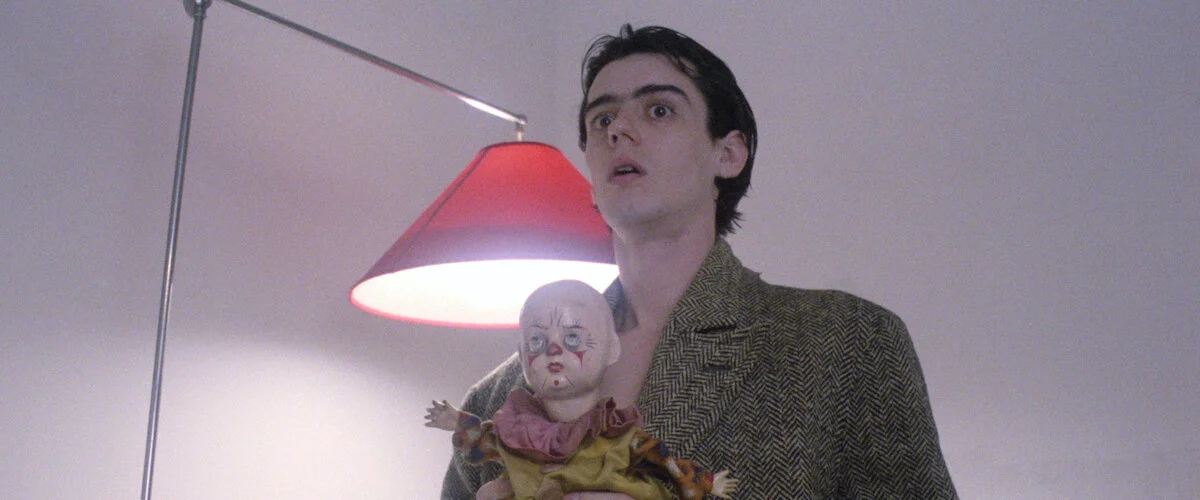ARREBATO is a journey of addiction and obsession
Directed by Iván Zulueta
Written by Iván Zulueta
Starring Eusebio Poncela, Cecilia Roth, Will More, Marta Fernández Muro
Runtime: 105 minutes
Unrated
Rerelease playing in select theaters thru October and available on home release
by Dan Scully, Staff Writer
Despite its cryptic nature and low budget look, Arrebato is the sort of arthouse oddity that any film nerd will want to see, even if just to fill a hole in their film knowledge. Billed for its 4K re-release as “Pedro Almodòvar’s favorite horror movie” by Altered Innocence (whose hilarious parody of the Janus Films logo made me choke on my dinner), this isn’t the type of film that would historically see wide reception. An experimental, slow-burn, darkly playful flick about a bunch of junkies is not the most accessible thing to many audiences. Even in the realm of cult film, the cult of Arrebato is rather small. In fact, I’d never even heard of the flick before now. This is perhaps evident of the gaps in film history inhabited by forgotten queer cinema — gaps that labels like Altered Innocence are working to fill. So even if Arrebato is a tough cookie to crack, it’s one worth cracking on account of what it represents as a historical document.
Plus, it’s Almodòvar’s favorite horror movie. That’s high praise!
Calling it a horror movie is a bit of a stretch, but I do wonder if perhaps that’s the point. The presentation of the story is rather convoluted. To put it simply, Arrebato follows a horror filmmaker (and functioning junkie) as he and his girlfriend review tapes sent to him by a fellow filmmaking acquaintance. This acquaintance claims that his camera, which has been set to time-lapse, self-activates while he is sleeping. When this occurs, he feels “enraptured” by the experience. His belief is that some sort of biological connection to the camera exists, and that it somehow staves off withdrawal symptoms. The reels from these sessions show an increasing number of solid red frames which appear on every new recording. What is happening while he sleeps that causes these strange events? I would imagine David Cronenberg had Arrebato in mind when he made Videodrome.
Sounds crazy, right? Well, it is, but it also moves at a pace which defies so much plot. Since it’s populated entirely by characters who are regularly using heroin, the narrative doesn’t have a lot of “get up and go” to it. This is certainly by design, as the general zonked out feeling lends itself to a lasting sense of dread. Whether or not there is really something supernatural occurring, the characters are very likely on a path to ruin.
It will indeed take additional viewings to figure out what thematic material exists beyond the surface level stuff I’m trying to untangle here, but from what I can tell, this is about what it’s like to get lost in one’s work (a malady I know is quite prominent amongst filmmakers). We can pull that back further and say it’s about obsession in any realm. Spoken directly, it’s about addiction. We all know someone who has been so tied up in something that they functionally disappear. It’s terrifying to see someone snuffed out. In the case of the artist, we are more inclined to give such losses a pass if it’s mitigated by whatever masterpiece comes out the other side. But even so it’s so rarely a fair trade.
In a way, this is a vampire movie. Darkness spread by lust and consumption, validated by a belief in monstrous beauty. And a beauty it is —the new restoration looks fantastic. Crummy by design, but now you can see every sweaty, musty, dingy surface. I guess it is a horror movie.


